Hi, my name is Filiberto. I am in my mids and live in a small town in the southern area of Rome.
In the film era I used to shoot with a Ricoh, I was a teen and I was particularly interested in the development of the film. I remember coping with the magnifier, the chemicals, the paper on which I used to print my pictures. Just after college, my passion vanished, I don’t know exactly why.
My interest in photography came back with the advent of the digital era. It was not until 2008 that I bought a digital camera, the Nikon D300 which I am still using.
Photography gives me the chance to use a different language. Elements, composition, colors, can resonate in those who look at my works, so establishing non-verbal communication, sharing empathy beyond physical borders. That’s the power of photography in my opinion: relationship.
I am particularly interested in shooting portraits, architectural features, and conceptual studios.


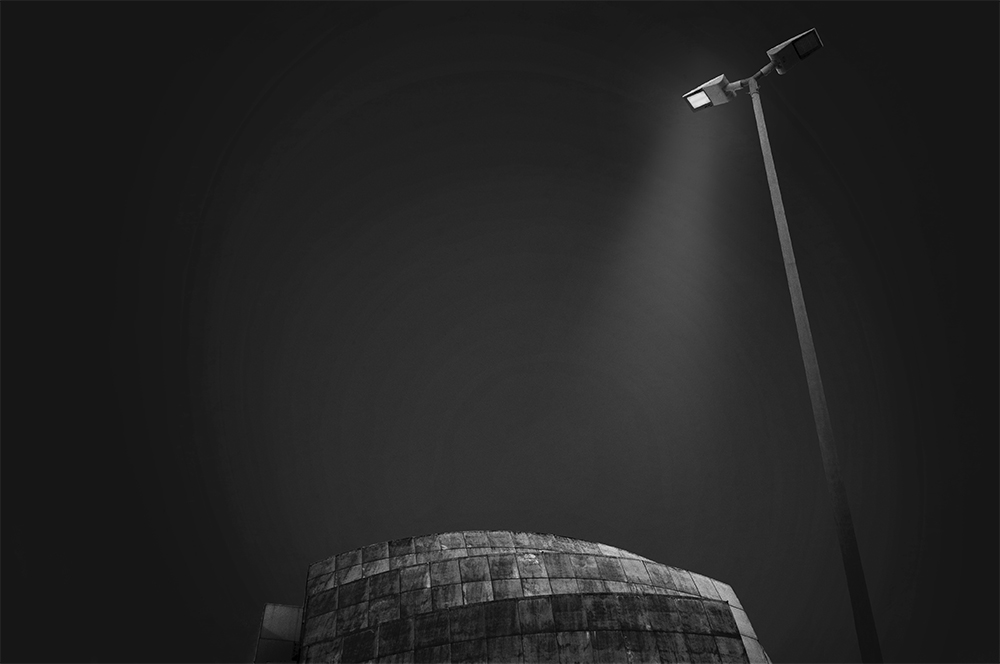
The voice of 2000 Jubilee
In the light of the Great Jubilee of 2000, the Vatican decided to celebrate the solemnity of the millennial event by promoting a grand and ambitious plan. The goal of it was to have fifty new churches built in Rome by the end of 1999.
The plan looked at the collaboration between the Church of Rome and various local administrations in the hope of taking advantage of concurrent social interests. In fact, not only were the new shrines thought to be sited in the vast, drab, and neglect quarters of the Italian capital but they were envisioned as the pivotal point around which spur a new era of urban requalification.
Unfortunately, the plan was only honored with the erection of a sparse bunch of churches, due to a lack of State and local funds.
I have photographed these Christian temples paying special attention to their architecture. My goal was to find evidence of how modern-style approaches have transformed, adapted, and translated the ancient concept of “God’s house” through time. In other words, I have been looking for elements that can help devotees fulfill their search for divinity in an era of diffuse, imperturbable secularism.
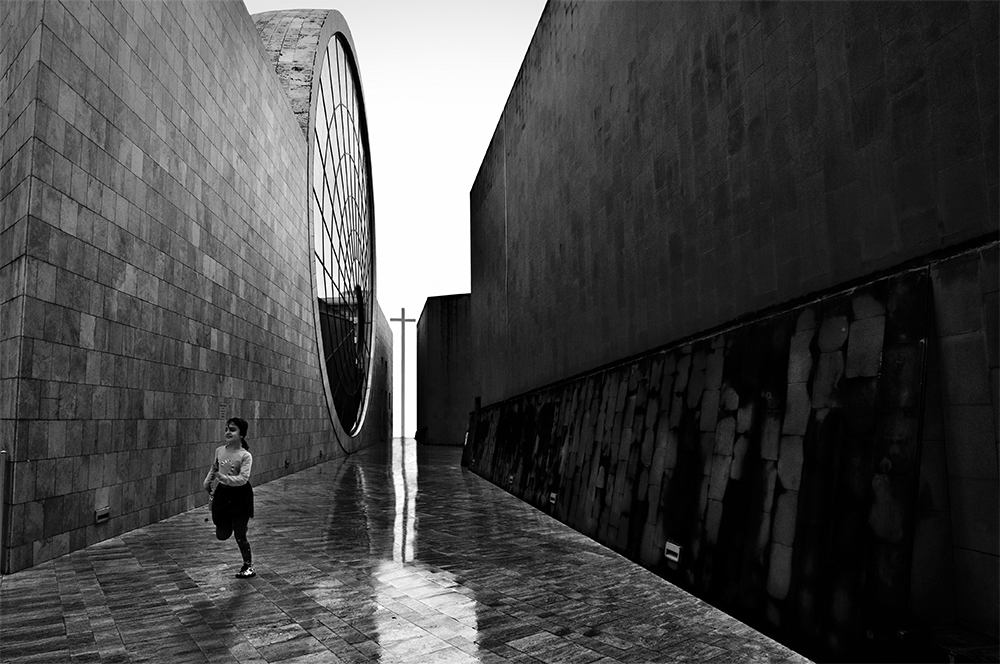
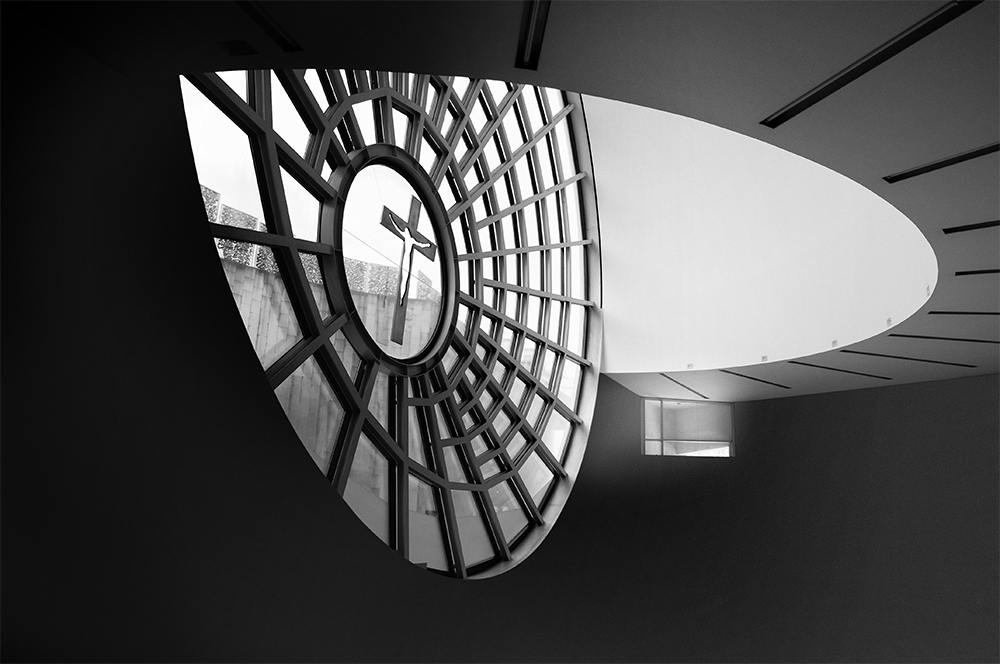

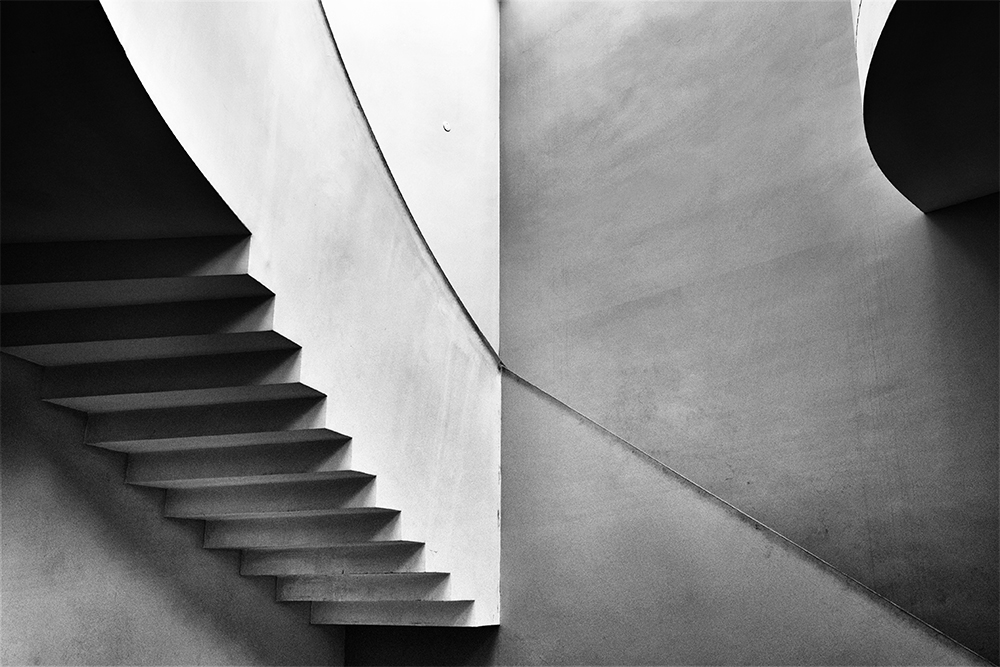
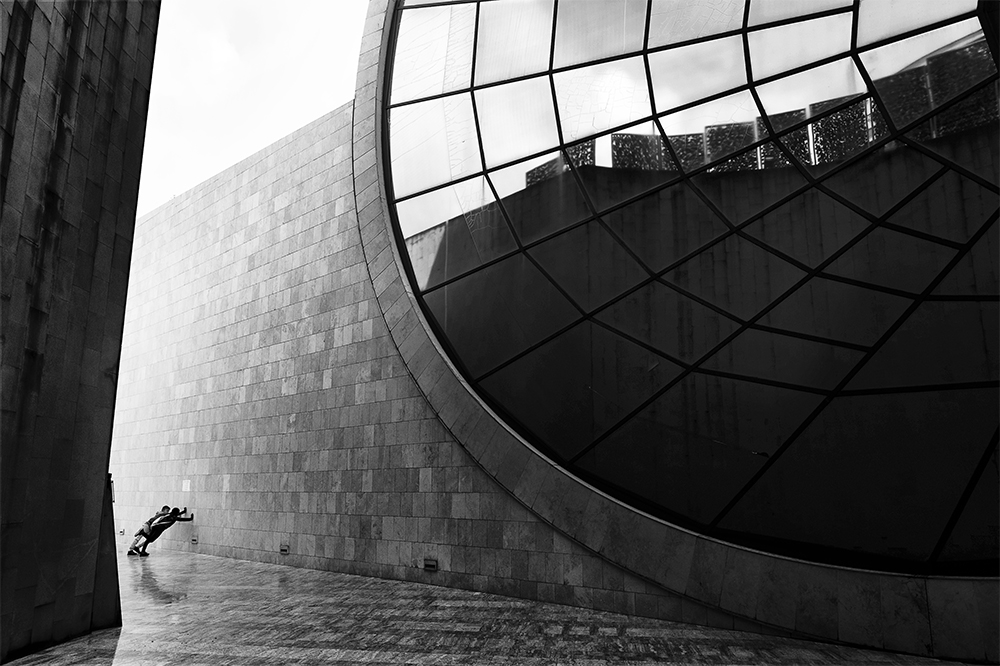

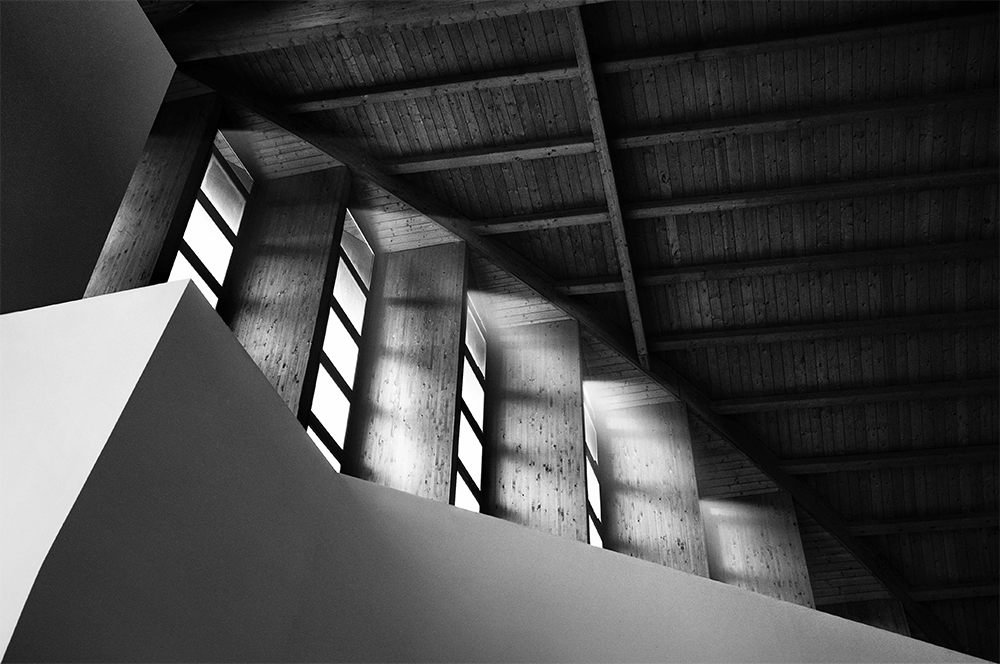
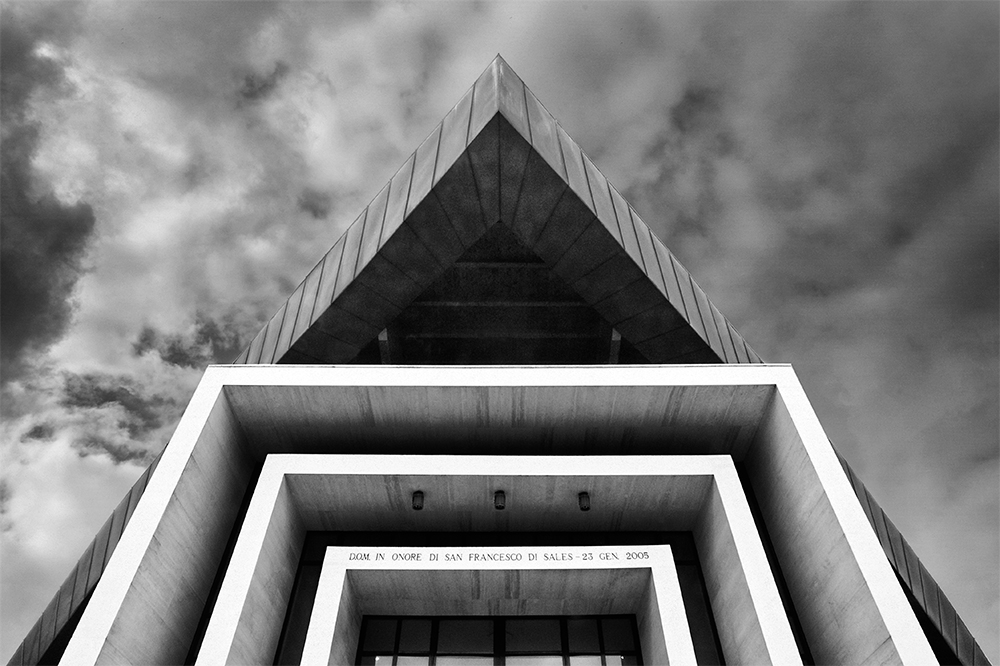

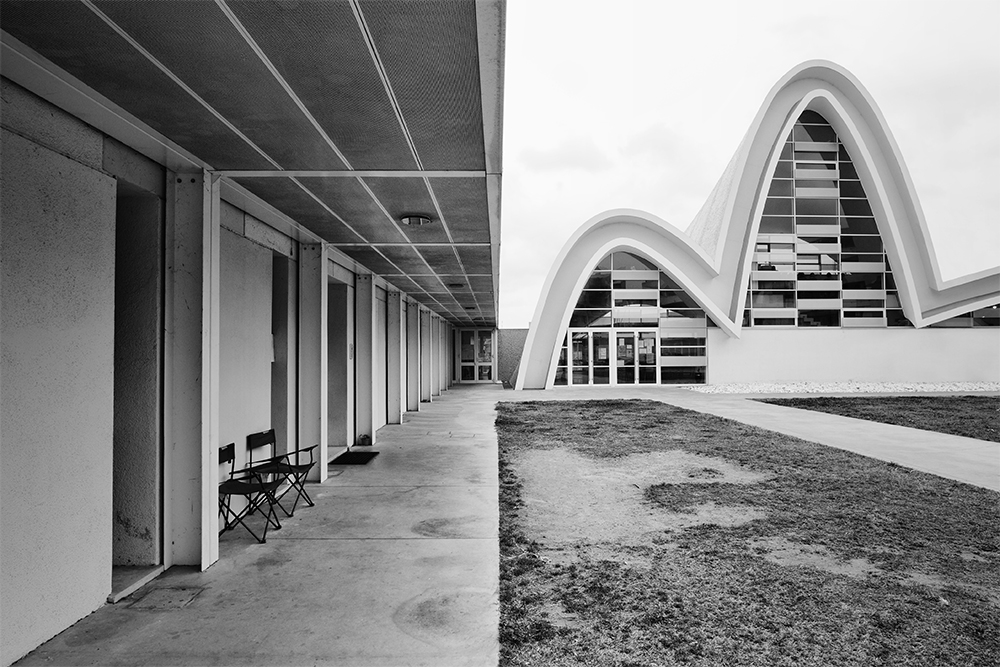
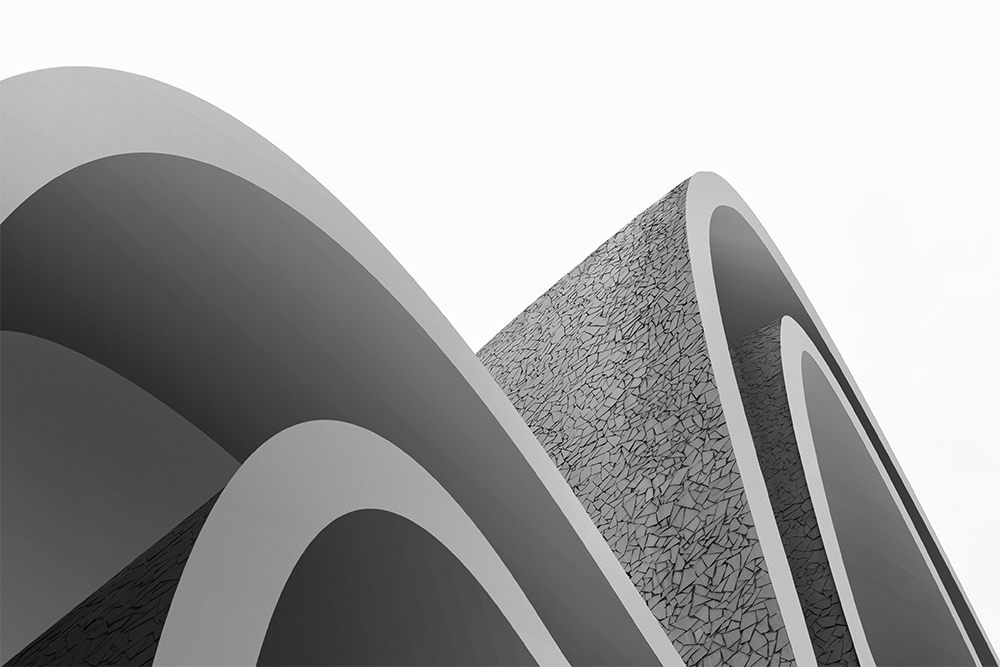
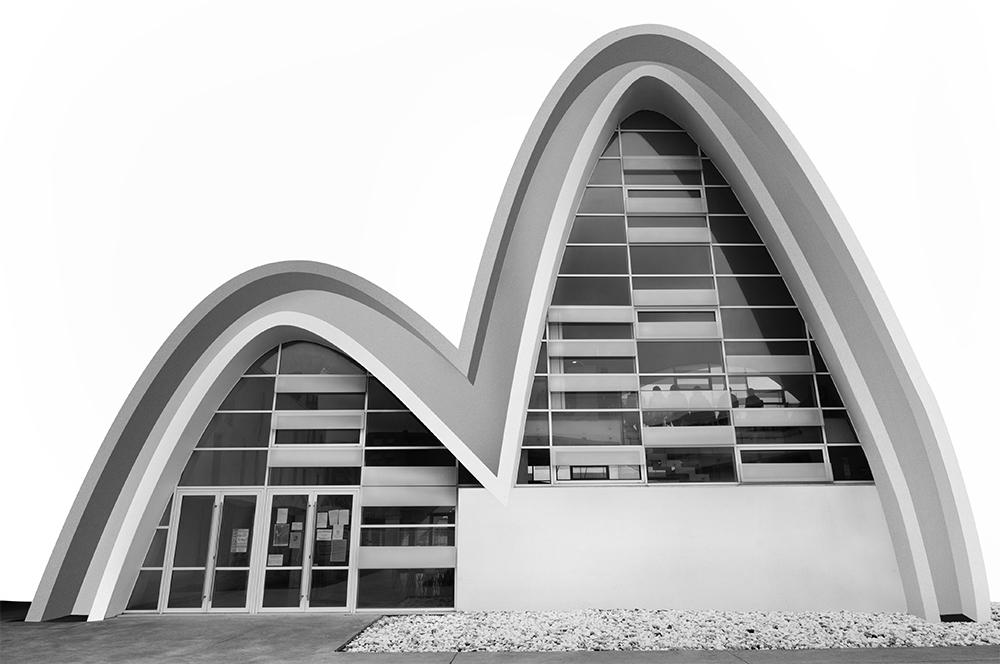

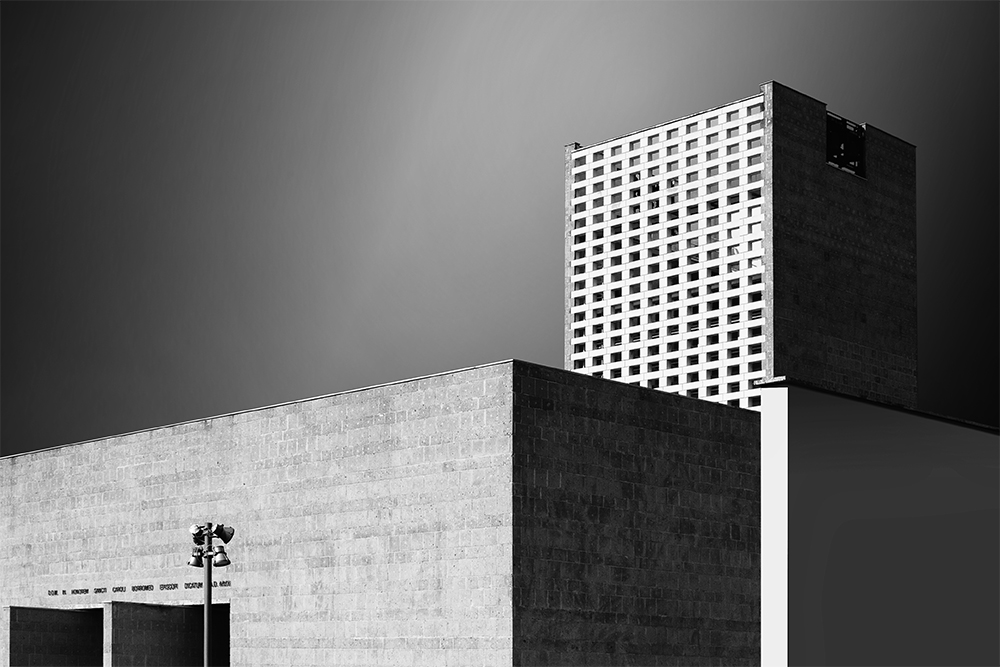
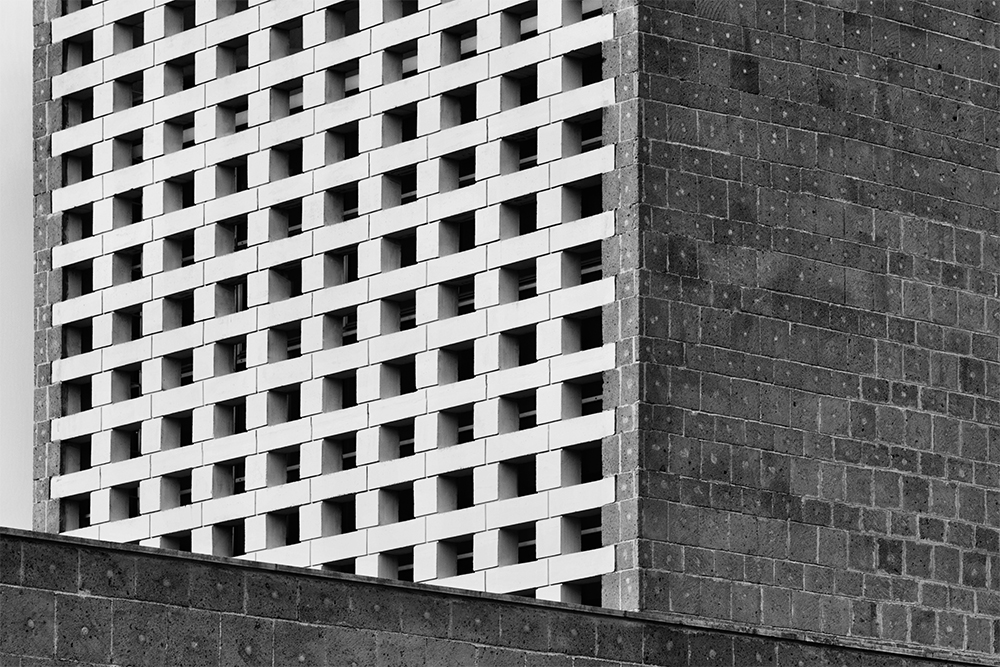
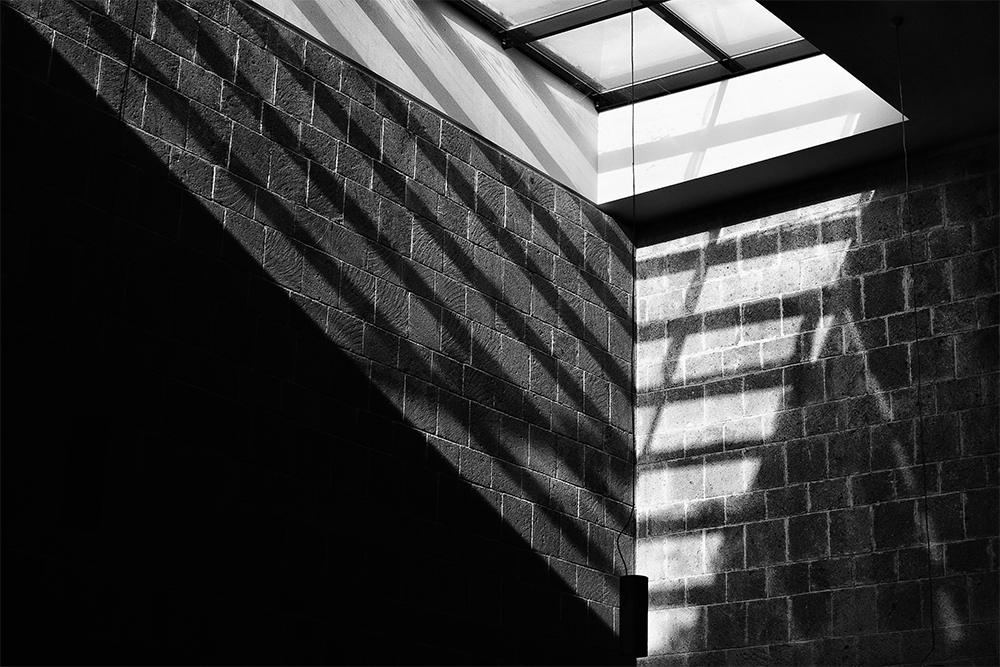
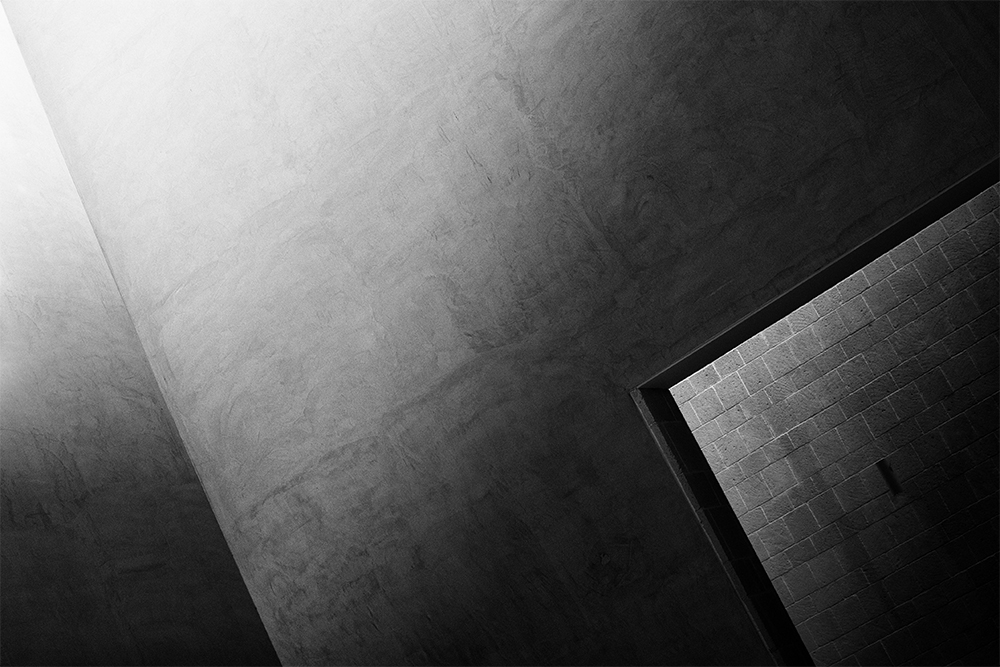
To view more of Filiberto’s work please visit his website.